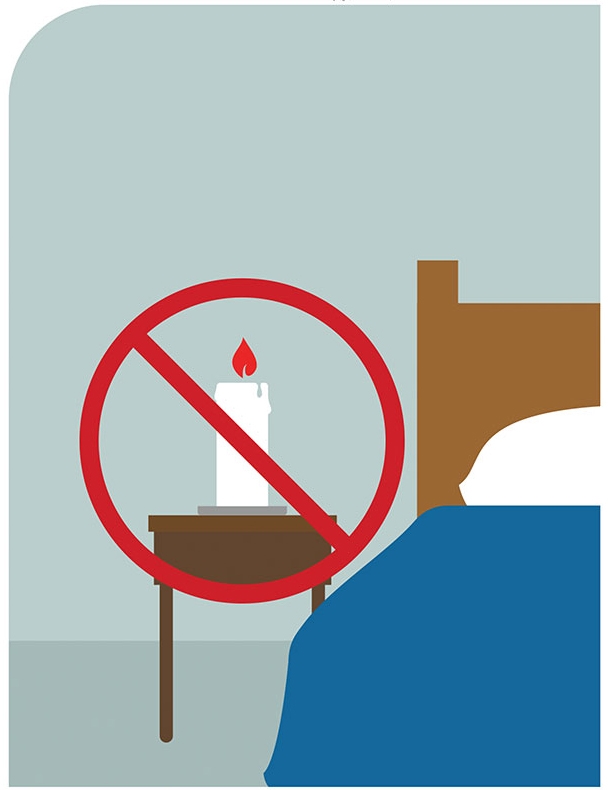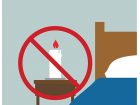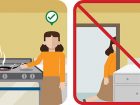
Features
Prevention
Prevention through pictographs
Diversity and inclusion have become a hallmark of the modern fire service. We aim for diversity in our recruiting, we continuously consult with a broad range of community groups, and every single day we interact with people from all walks of life.
April 11, 2019
By Sean Cairns
 Sean Cairns says pictographs convey messages by using imagery instead of words. The provinces of Ontario
Sean Cairns says pictographs convey messages by using imagery instead of words. The provinces of OntarioBut what about our print and web materials? Are they accessible to people with disabilities? People who speak little English? People who are illiterate?
The provinces of Ontario, Manitoba and Nova Scotia have adopted legislation mandating that organizations deliver services in a manner that are accessible to all, regardless of disability. The federal government and many other provinces have signaled their intentions to follow suit.
These laws mean that organizations must provide customer service, including print and web communications, in a manner that is inclusive and accessible.
Accessibility is about removing the barriers that prevent a person who is disabled from fully participating in all aspects of society because of his or her disability. Accessibility can also be about removing barriers faced by people with different cultural backgrounds and people with poor language skills.
The fire service is great at producing a wide range of fire-prevention products such as brochures, posters and web content for the general public, but often these products are in a format that some segments of our community will have difficulty with.
One initiative we have undertaken to ensure the accessibility of our fire-prevention messaging at Toronto Community Housing is to incorporate pictographs.
Pictographs convey messages by using imagery instead of words. By using pictographs our fire-prevention materials can easily be understood by people with poor reading or language skills. The use of corresponding text allows people with visual impairment the ability to receive the same message by using a screen-reading device.
In addition to meeting our accessibility needs, pictographs and other imagery make fire-prevention materials visually appealing which drives people to look at them.
The U.S. Fire Administration (www.usfa.fema.org) has a large collection of fire-prevention pictographs freely available on its website. They have been tested for comprehension and effectiveness for people with low literacy and non-English language speakers. You can also easily create your own pictographs by adding checkmarks or crosses to images to show what to do or what not to do.
Following internationally-recognized standards such as Web Content Accessibility Guidelines (WCAG), checking documents to make sure that content is accessible for persons who are colour-blind or use a screen-reader due to visual impairment, and reviewing content to ensure that it is clear and easy to understand are some simple ways that you can ensure that your department is meeting the accessibility needs of your community.
Some quick tips to consider when creating accessible materials for the general public include:
- use simple language, avoid acronyms and keep it short
- use a logical order and include titles, headings and lists to add structure
- use a simple font such as “arial” with a minimum font size of 12 pts
- make sure text has a high contrast with the background
- do not use colour as the only means of conveying information
- provide alternative text for images and captions or transcripts for audio recordings
- make copies of documents available electronically
- follow established accessibility standards and guidelines
Creating materials that are accessible not only encourages inclusiveness, it also allows you to maximize the effectiveness of your public education campaign by allowing you to reach a wider audience.
Creating accessible documents does not need to be a time-consuming task. Many free resources are available online and help can be found through local advocacy groups. Be proactive, commit to making all new documents and web content accessible for all.
Sean Cairns is the program specialist for fire life safety and emergency management at Toronto Community Housing and a graduate of the Fire & Safety Studies Diploma program at the Justice Institute of British Columbia. He can be reached at sean.cairns@torontohousing.ca.
Print this page

